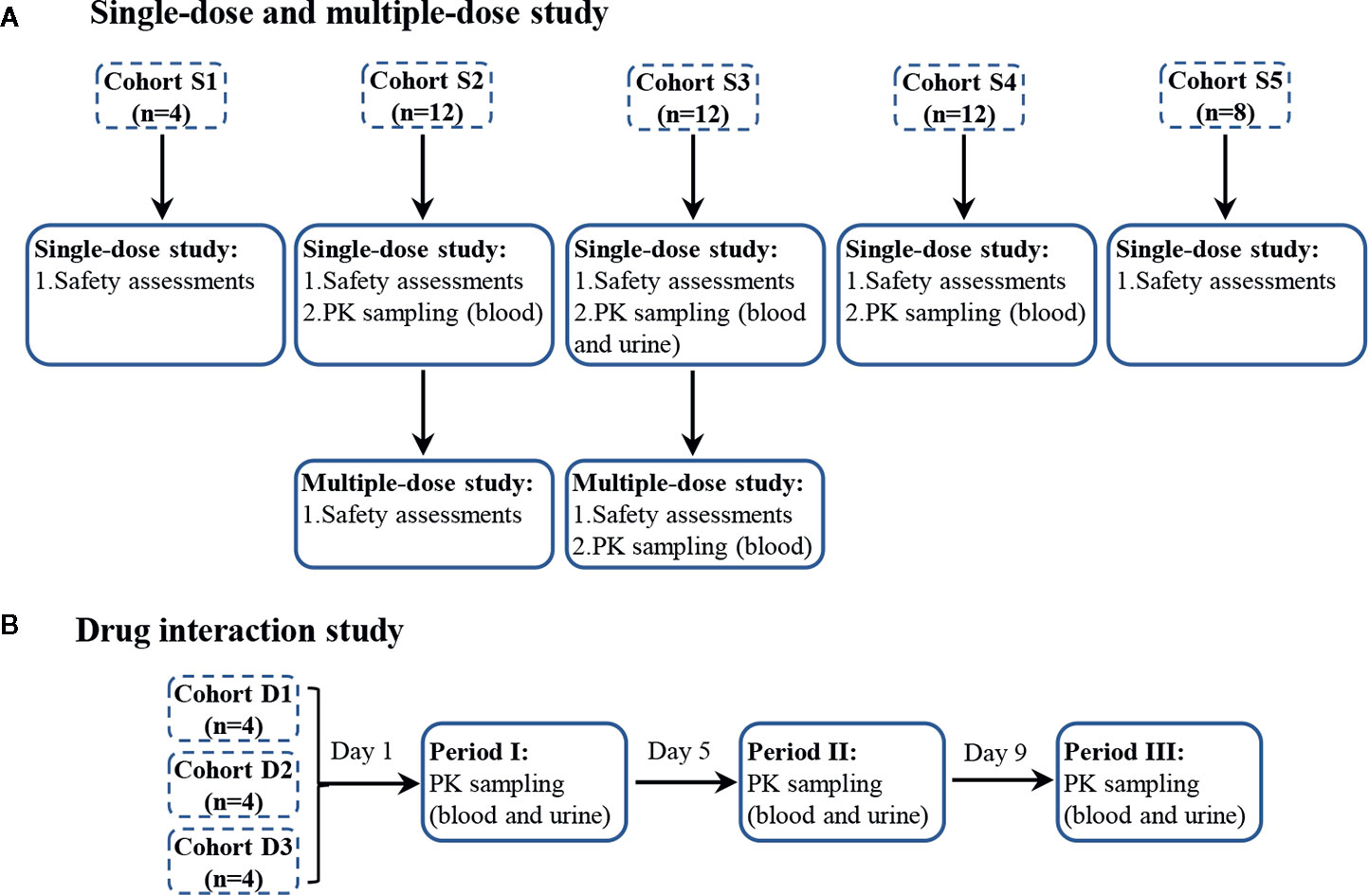

Results: The determined AMX and PEN half-life values in the mammary gland suggest that the drug withdrawal is at a level of 99.9% within 81 h (≈3.5 days) and 116 h (≈5 days) after administration of AMX and PEN, respectively. Pharmacokinetic calculations were performed using Phoenix WinNonlin 6.4 software. For the measurement of AMX and PEN concentrations in milk, the liquid chromatography tandem mass spectrometry method was applied. The first group (n = 8) received 200 mg of amoxicillin (AMX), whereas the second group (n = 9) received 200,000 IU/mg of penicillin G procaine (PEN) by intramammary administration. Material and Methods: The study was conducted on 17 dairy Black and White cows with clinical mastitis during the lactation period. The aim of the study was to determine whether mastitis could have any effect on amoxicillin (AMX) or penicillin G procaine (PEN) withdrawal period from milk, in the context of current maximum residue limits established by the European Commission. 37-43 ISSN: 2450-8608 Subject: amoxicillin, bovine mastitis, dairy cows, half life, lactation, liquid chromatography, mammary glands, maximum residue limits, milk, pharmacokinetics, procaine, tandem mass spectrometry, veterinary drugs Abstract: Introduction: There are many veterinary products containing β-lactam antibiotics which are used for mastitis treatment in cows. No Liability is accepted for any Loss and Risk to Public Health Resulting from Use of this R-Code.Withdrawal of amoxicillin and penicillin G procaine from milk after intramammary administration in dairy cows with mastitis Author: Artur Burmańczuk, Grabowski Tomasz, Małgorzata Gbylik-Sikorska, Anna Gajda, Cezary Kowalski Source: Journal of Veterinary Research 2017 v.61 no.1 pp. Program offered for Use without any Guarantees and Absolutely No Warranty.

³ Extra-reference design biased in the presence of period effects (design not recommended).Ĭross-validation: Results of the 28 reference datasets agree with ones obtained in ² Balaam’s design ( not recommended due to poor power characteristics). ¹ Confounded effects (design not recommended). modB <- lmer(log(PK) ~ sequence + period + treatment + (1|subject), data = data)Ĭonventional Average Bioequivalence (ABE) – optionally with tighter (EMA: NTIDs) or wider (GCC: Cmax) limits Uses Satterthwaite’s degrees of freedom equivalent to SAS’ DDFM=SATTERTHWAITE and Phoenix/WinNonlin’s DF Satterthwaite ( option=1) or Kenward-Roger degrees of freedom ( option=3) like in JMP.

PHOENIX WINNONLIN 6.4 FULL
In full replicate designs the variability of test and reference treatment can be assessed by swT/ swR and the upper confidence limit of σwT/σwR (required for the WHO’s approach for reference-scaling of AUC).Įstimation of CVwR (and CVwT in full replicates)Ī linear model of log-transformed PK responses and effects sequence, subject(sequence), period – where all effects are fixed ( i.e., ANOVA). Potential influence of outliers on the variability of the reference treatment can be assessed by box plots of studentized and standardized residuals as suggested at a joint EGA/EMA workshop. The library supports methods given in the EMA’s Q&A document for reference-scaling according to the EMA’s Guideline on the Investigation of Bioequivalence. ReplicateBE Comparative BA-calculation for the EMA’s Average Bioequivalence with Expanding Limits (ABEL)


 0 kommentar(er)
0 kommentar(er)
